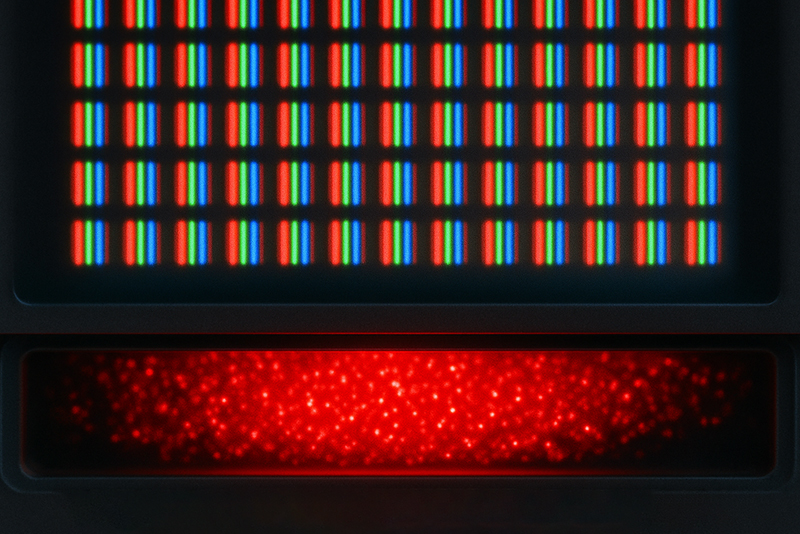
Scandium (Sc) is one of rare-earth elements (REE). Due to similar chemical and physical properties, scandium and yttrium and other 15 elements whose atomic numbers are from 57 to 71 are considered rare-earth elements.
Just like other REEs, scandium is a soft, silvery metal. It can be oxidized in the air, in other words, it will lose gloss and produce a slightly yellowish cast in the air. Scandium is not that rare as its name rare-earth element suggests. Actually, it is the 32th abundant element on Earth, far ahead of gold, which ranks 75. [2] However, like other rare-earth elements, scandium spreads separately in the crust and often combines with other rare-earth elements to form ore. In other words, pure scandium is hard to separate from those ores. Thortveitite, bazzite, wiikite and other various mineral species contain scandium element. Scandium is often obtained from tantalum ore, thortveitite-rich mine tailings, platinum group element mining or as by-product of the uranium refining process [1].

Table 1 shows physical properties for Sc. High melting point and corrosion resistance make scandium a good metal to improve alloy properties.
|
Table 1: Scandium’s physical properties |
|
|
Atomic Number |
21 |
|
Atomic Weight |
44.9559 |
|
Phase at Room temperature |
Solid |
|
Density |
2.985g/cm3 |
|
Melting point |
1541°C |
|
Boiling Point |
2836°C |
99% scandium was produced by electrolysis at about 1960. Almost at the same time, scandium began to be used by the US and Soviet Union during cold war because of its lightweight and excellent resistant properties. Due to its small output, scandium was really expensive and scarce. Recently, rare-earth elements which exhibit wonderful physical and chemical properties, gained popularity and attracted a lot of attention. Scandium restarts to be used in many areas such as automation, air transportation, sports activities, lasers, magnets and etc.
On the market, scandium can be divided into 4 groups: pure scandium, scandium oxide, scandium alloy, and other scandium compound & catalysts.
99.999% Scandium metal price is floating at $500000/kg. From 2022 August to 2022 November, its price increases and almost reaches $580000/kg. The price for scandium metal and its other products is relatively expensive. As we mentioned above, though Sc is the the 32th abundant element on Earth, it spreads separately and is difficult to separate. Scandium is widely distributed across lithosphere, and there is no ore containing high concentration scandium. Over the world, there are not many scandium producing countries. China, Russia and Philippines are the three main countries which produces Scandium. Just as mentioned before, Sc is usually a by-product generating from other metal production. The total output for scandium is small. All of these reasons make scandium expensive. High price limits the application of scandium in many industrials and slows its market expansion. The good news is that SOFC and Al-Sc alloy are developing rapidly. Since they play important roles in future Scandium market, we believe scandium market will undergo a CAGR of about 11% from 2021 to 2026.
If you want to know more about rare earth elements, we would like to advise you to visit Stanford Materials Corporation (SMC) for more information.
Reference:
1. Greene, V. A., Usuda, K., Tanida, E., Kono, K., & Ohnishi, K. (2011). Chapter 6 SCANDIUM: COMPOUNDS, PRODUCTIONS, APPLICATIONS AND HEALTH IMPACT. In Scandium compounds, productions, and applications (pp. 130–131). essay, Nova Science Publishers.
2. Wikipedia contributors. (2022, August 25). Abundance of elements in Earth’s crust. Wikipedia. https://en.wikipedia.org/wiki/Abundance_of_elements_in_Earth's_crust
Eric Loewen
Eric Loewen graduated from the University of Illinois studying applied chemistry. His educational background gives him a broad base from which to approach many topics. He has been working with topics about advanced materials for over 5 years at Stanford Materials Corporation (SMC). His main purpose in writing these articles is to provide a free, yet quality resource for readers. He welcomes feedback on typos, errors, or differences in opinion that readers come across.

 Inquiry List
Inquiry List


